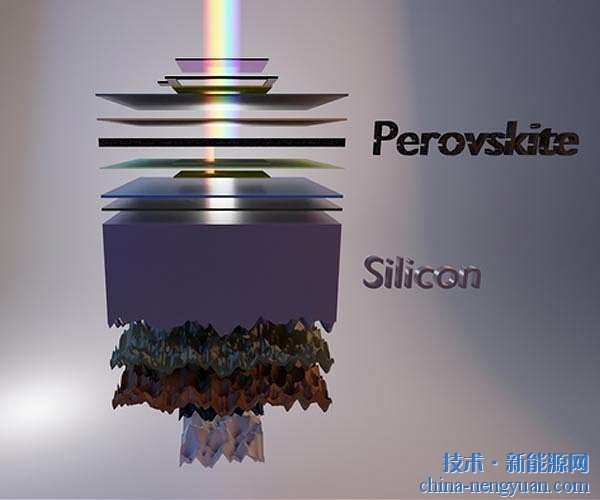Scientists develop new perovskite solar cells
 |
On July 18, reports highlighted a significant development in the field of solar energy. Perovskite solar cells are gaining attention as a promising technology for the global market. These cells use a hole transport layer to enhance their performance when exposed to sunlight. However, the organic materials used for this layer are costly and lack long-term stability, which has been a major challenge.
A recent study published in Science revealed that a team of researchers led by Professor Han Hongwei from China and Professor Michael Grätzel from École Polytechnique Fédérale de Lausanne (EPFL) in Switzerland have created a perovskite solar cell that doesn’t require a hole transport layer. Operating at room temperature, this new design achieves a power conversion efficiency of 12.8% and maintains stability for over 1000 hours under continuous light. This breakthrough could significantly lower production costs and accelerate the commercialization of perovskite solar cells.
Perovskite materials, particularly the mixed organic-inorganic lead halide type, have attracted considerable interest due to their excellent optical and electronic properties, such as high charge carrier mobility and long diffusion lengths. However, the need for high-purity materials and complex fabrication processes has made them expensive, limiting their widespread adoption.
The research team from the Michael Grätzel Center at Huazhong University of Science and Technology in China, in collaboration with EPFL’s Photonics and Interface Laboratory, developed an innovative approach that eliminates the need for a hole transport layer. Their design demonstrated a comparable energy conversion efficiency of 12.8% and showed remarkable stability under direct sunlight for over 1000 hours.
To fabricate the cells, scientists used a solution-based drip-coating method involving lead iodide, an iodide, and 5-ammoniumvaleric acyl iodide. The solar cell structure consists of two layers of titanium dioxide and zirconium dioxide, covered with a porous carbon membrane. Amino acid templating agents were used to guide the nucleation and growth of perovskite crystals within the pores, enhancing performance and stability.
This advancement marks a key step forward in making perovskite solar cells more viable for large-scale renewable energy applications. By addressing one of the main barriers—cost and stability—this innovation opens up new possibilities for the future of affordable and efficient solar technology. As demand for clean energy continues to rise, perovskite solar cells are now on a more promising path toward real-world implementation.
Valve Diaphragm
Diaphragm is also called membrane, which is a very important sealing component of the valve. NINGBO DOTEC manufactures various diaphragms for pulse valves and solenoid valves. We use all high quality raw materials to ensure long service life.
Valve Diaphragm Types:
1. GOYEN Type Pulse Valve Diaphragm
2. ASCO Type Pulse Valve Diaphragm
3. SBFEC Type Pulse Valve Diaphragm
4. TURBO Type Pulse Valve Diaphragm
5. MECAIR Type Pulse Valve Dipahragm
6. JOIL Type Pulse Valve Diaphragm
7. Norgren Buschjost Type Pulse Valve Diaphragm
8. AUTEL Type Pulse Valve Diaphragm
9. TAEHA Type Pulse Valve Diaphragm
10. Other Pulse Valve Diaphragm
11. Water Solenoid Valve Diaphragm
Pulse Valve Diaphragm, Solenoid Valve Diaphragm, Pulse Valve Membrane, Pulse Jet Valve Diaphragm
NINGBO DOTEC AUTOMATION CO., LTD , https://www.ningbodotec.com